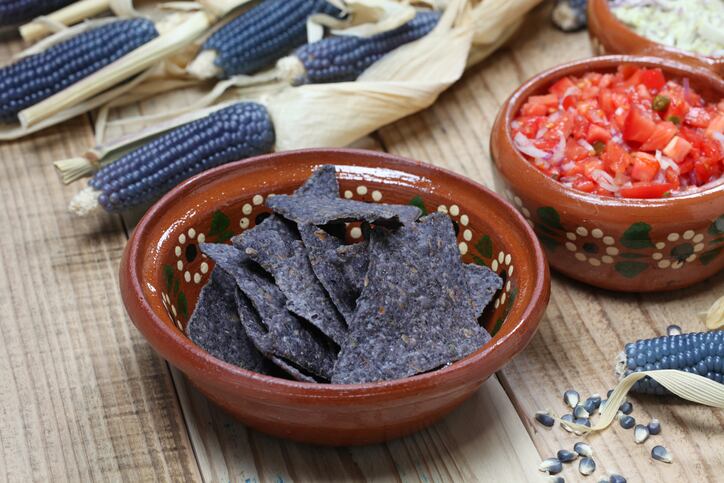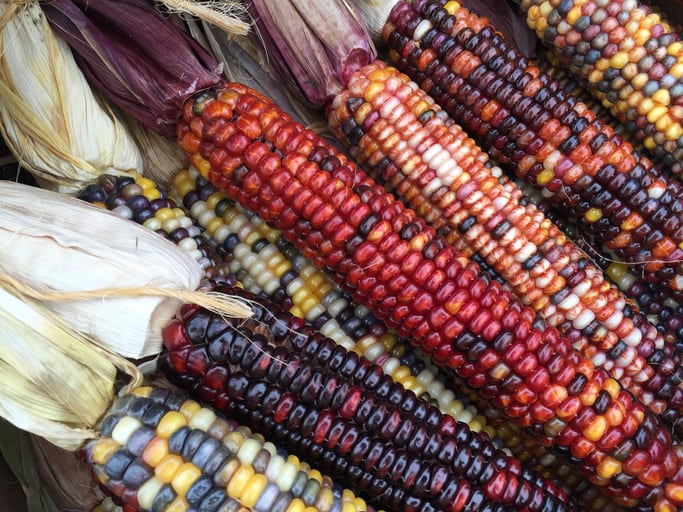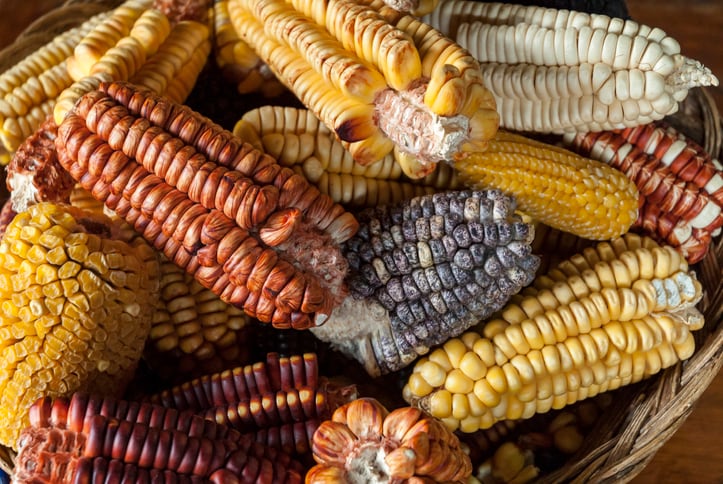Aflatoxins are secondary metabolites produced by molds that grow on food crops, such as corn and peanuts, in hot, humid countries.
They can appear in the field, during harvest or during storage and are a major food safety issue. Aflatoxin B1 (AFB1) is classified as a group one human carcinogen by the International Agency for Research on Cancer (IARC).
Despite the prevalence of maize in the Mexican diet, recent data on AFB1 occurrence for nixtamalized products in Mexico are rare and a related risk assessment has not yet been performed, according to the authors of the study, which was financed by the Mexican National Council for Science and Technology (CONACYT).
Food regulators in Mexico have set a limit of 12 ng per gram of product for total aflatoxins in nixtamalized maize products. The US allows 20 ng/g while the European Union has much stricter levels in force: 2 ng/g for AFB1 and of 4 ng/g for total aflatoxins in ready-to-eat maize products.
Food producers and manufacturers can take several steps to reduce aflatoxin exposure. These include improving pre- and post-harvest agricultural practices, plant disease management, ensuring adequate storage conditions and adequate nixtamalization.
Nixtamalization is a traditional Meso-American alkaline-cooking process that involves boiling maize meal with lime (calcium hydroxide) and then rinsing it out. It has been associated with lower levels of aflatoxins
The researchers found that four out of 88 samples contained AFB1 at levels above the limit of detection (1 ng/g) although these were still below the legal authorized limit.
“Our findings give a particular insight to current AFB1 levels in nixtamalized maize in Mexico, suggesting a low prevalence of contamination,” they write.
However, the fact that Mexicans have such a high daily intake of corn products may still result in levels of intake that raise a concern. The average Mexican person eats 267 g of unprocessed maize each day, according to estimates based on 2009 food supply data compiled by the Food and Agriculture Organization of the United Nations (FAO).
Assuming AFB1 level of 2 ng/g, the researchers calculated an estimated daily intake of 6 ng per kilo body weight per day at the mean, rising to 14 ng per kilo body weight per day at the 95th percentile.
“This indicates that current regulatory limits may still not be low enough to eliminate concerns. It also supports, given that AFB1 is an unavoidable food contaminant, the conclusion that for AFB1 one should apply the ALARA [‘as low as reasonably achievable’] principle, keeping levels and thus exposure as low as reasonably achievable.”
They conclude: “Altogether, the assessment reveals the need for continued risk management of AFB1 in Mexico.”
The study
They collected 88 samples of nixtamalized corn products from supermarkets and tortillerias in different areas of Mexico City. Using liquid chromatography–mass spectrometry, the scientists from the department of toxicology at Wageningen University and Research in the Netherlands determined the level of AFB1. Using consumption data they then calculated the estimated daily exposure (EDI) values.
The scientists suggest that future research and risk assessments should consider AFB1 exposure from other food sources commonly eaten in Mexico such as rice, peanuts, and chili as well as co-exposure to other mycotoxins, such as fumonisins, which may add to the risk of liver damage.
Source: Toxicology Reports
Available online ahead of print, doi.org/10.1016/j.toxrep.2019.10.008
“Aflatoxin B1 in nixtamalized maize in Mexico; occurrence and accompanying risk assessment”
Authors: Ixchel Gilbert Sandoval, Sebastiaan Wesseling




